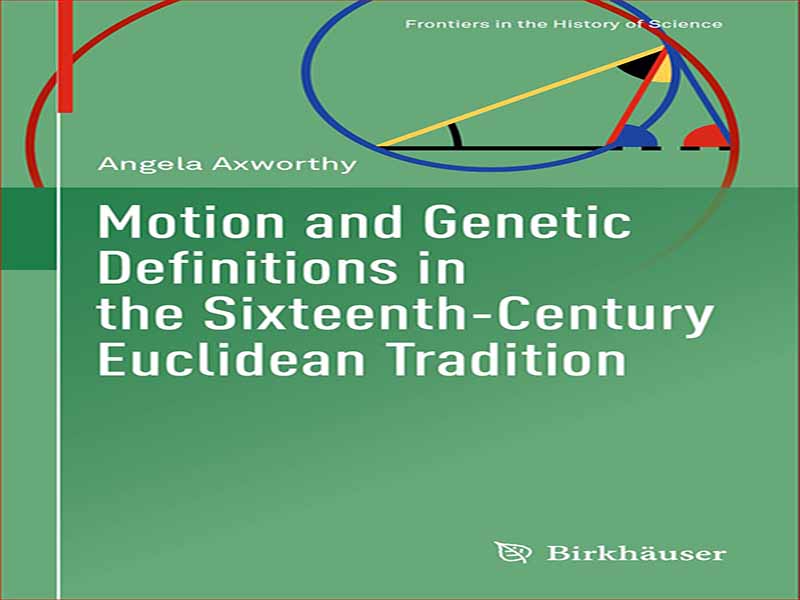This study aims to explore the place and treatment, as well as the ontological and epistemological status, that were reserved to genetic definitions and, more generally, to motion in the framework of sixteenth-century commentaries on the geometrical books of Euclid’s Elements. In classical geometry, a genetic definition (or a definition by genesis) corresponds to a definition that characterises a geometrical object (such as the line, the surface, the solid, the circle or the sphere) through its mode of generation rather than through its essential attributes. On the other hand, a definition which simply states the attributes of a geometrical object corresponds to a definition by property. A genetic definition of the line, for example, defines the line as what results from the flow or motion of a point rather than as a breadthless length.


نظرات کاربران